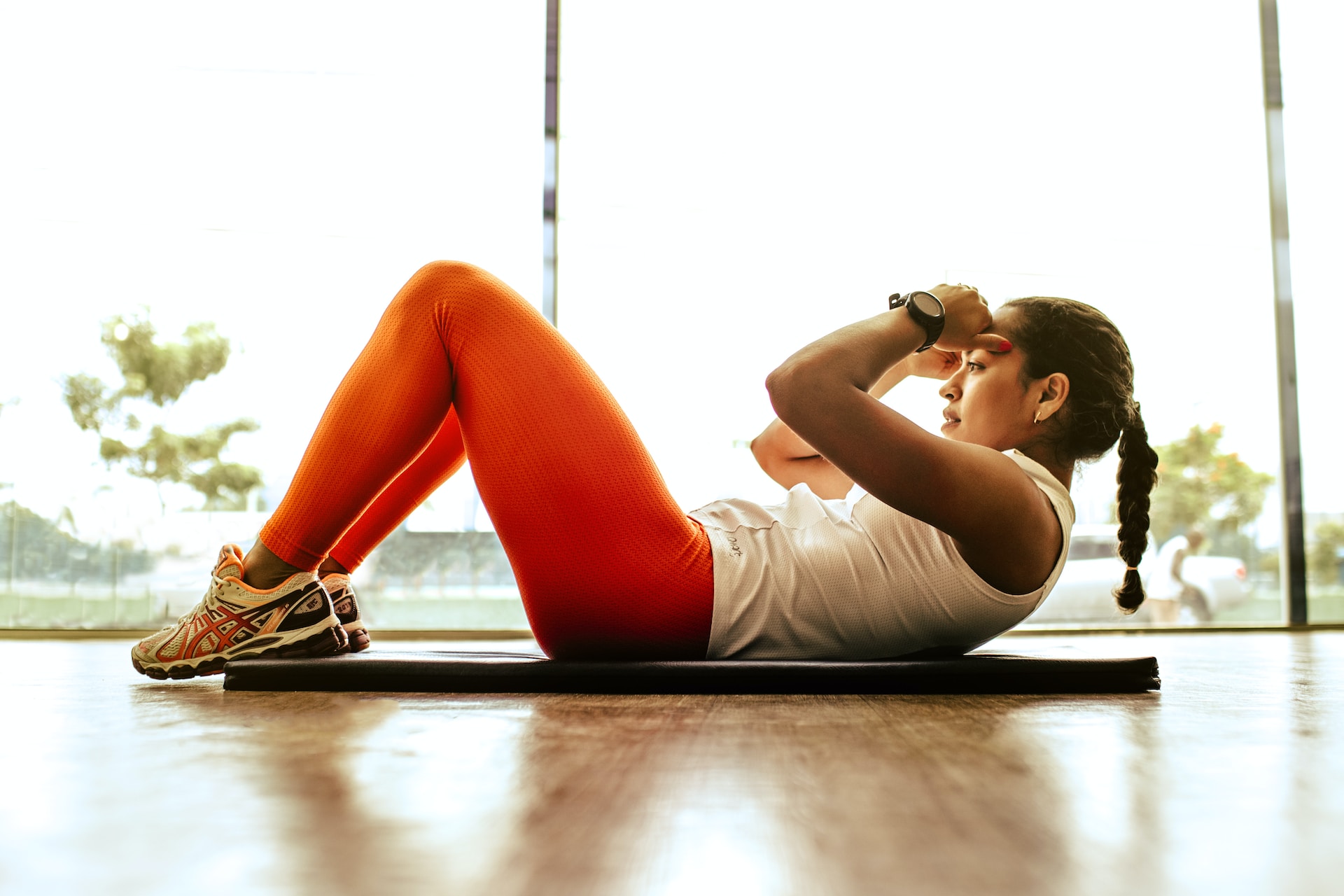Various fabrics can be used to produce sportswear. The fabric type you choose depends on your desired style, comfort level, durability, and moisture-wicking quality.
Breathable fabrics help sweat evaporate quickly to keep the body cool and dry during physical exercise. However, some materials retain work longer and can chafe the skin when worn for long periods.
Cotton
Whether going for a run or playing sports with friends, choosing the fabric for your sportswear embroidery is essential. Different materials offer a variety of benefits, including breathability, stretchability, and resistance to the elements.
Cotton is an excellent choice for warm-weather fabrics, as it’s soft, lightweight, and breathable. It also absorbs sweat and wicks it away from the body, helping you stay cool. However, it’s not ideal for intense workouts as it can feel heavy and damp if you sweat a lot.
For a more comfortable and versatile option, consider a cotton-polyester blend. This combination has the best of both worlds, providing a softer, more flexible fabric stretching up to 100 times its original size. It’s also easy to wash and doesn’t hold on to odors as much as some other fabrics.
Polyester
Polyester is a synthetic fabric that’s made from durable plastic fibers. It is an excellent choice for workout clothes because it can trap sweat against the skin, making it ideal for hot weather and high-intensity sports.
Polyester can also help keep you insulated during cold-weather activities like skiing or snowboarding. It can also be a good option for hiking or camping, as it is durable and water-resistant.
Select a recycled brand if you choose to use polyester in your sportswear. This will reduce the amount of new material that needs to be produced, which is a sustainable and ethical choice. If you want to avoid polyester altogether, there are many alternatives, such as bamboo. This natural fiber is very soft, breathable, and absorbs moisture, making it perfect for activewear.
It also has anti-static and deodorizing properties and protects against UV rays. The downside of this material is that it stains easily, so you may need to wash your clothing more frequently. Bamboo is also prone to wrinkles, so add stretchy fabrics like spandex.
Nylon
Nylon is a synthetic fabric in many sportswear products, especially for tights and warm-weather workout wear. It’s breathable and quick-drying, and it’s mildew-resistant as well. It also has a unique property that allows it to “wick” sweat away from the skin and through the fabric to the outside, where it can evaporate, keeping athletes cool and comfortable during their workouts.
Athletes need to have the right clothes for their specific needs when exercising or participating in sports because every ounce of unneeded clothing weight can rob them of energy and worsen their performance. Functional sportswear fabric must be able to regulate moisture and keep the body dry, so fabrics like cotton or polyester are often used.
Other types of fabrics used in sportswear include bamboo and spandex, which are woven into various clothing items to add elasticity. The latter is also known for its ability to stretch up to 100 times its original size, making it ideal for use in sportswear that requires a high range of motion, such as yoga and weightlifting.
Tricot
Tricot is a knit fabric that can be made from either natural or synthetic fibers. It can be found in various deniers, from the lightest (20 deniers) used to make sheer negligees and lightweight dressing gowns to the thickest (nylon/Spandex) used for swimwear and activewear. Tricot fabric is comfortable, breathable, and stretchy, making it ideal for workouts. It can be layered to keep out the cold while allowing sweat to evaporate.
This makes it perfect for winter sports, where protection from the elements is critical. It can also be stretchy, form-fitting, and hold embroidered designs and patterns.
When choosing a tricot, check the fiber content, as it will affect the fabric’s elasticity and opacity. You should also keep tricot away from heat sources, such as heaters and hot light bulbs, as it can melt when it comes into contact with them. It’s also essential to ensure that your tricot is colorfast so it doesn’t fade after a few washes.
Alternative Materials
Different sports require unique clothing, so the fabric used in its creation is essential. The material must be comfortable and light so as not to strain the athletes, and it must also insulate them from the elements. Depending on the consumer’s needs, various fabrics can meet these requirements.
Some are excellent for cold sports because they are warm, cozy, and breathable. It is also very flexible, which allows it to stretch when needed. Another popular fabric for sportswear is polyester. It is a highly durable, breathable, and wrinkle-resistant material that keeps the sweat off of the skin so that it can evaporate.
It is also good for warm weather because it keeps the wind and water out while allowing sweat to escape. Other types of fabrics that are often used in sportswear include cotton, nylon, and spandex. These materials are available in most clothing stores and come in various styles and colors so anyone can find the perfect fit for their needs.



